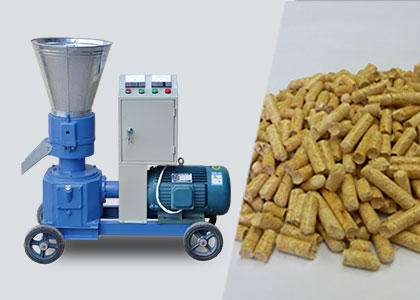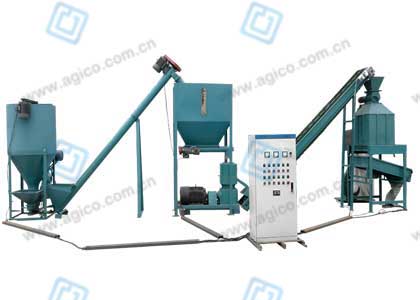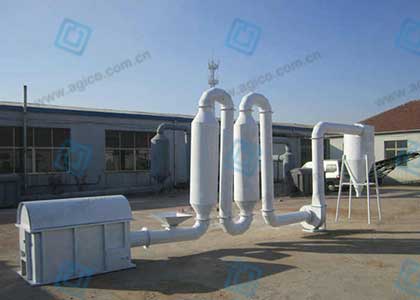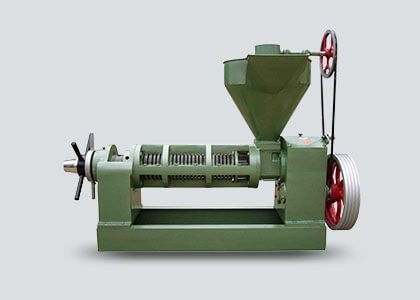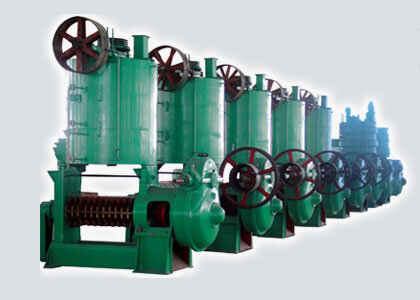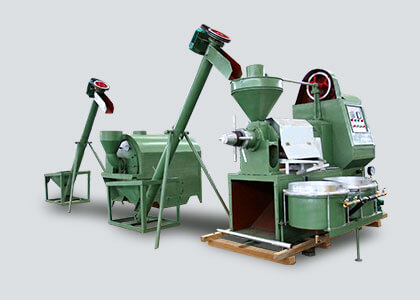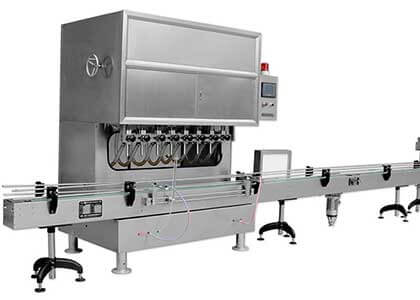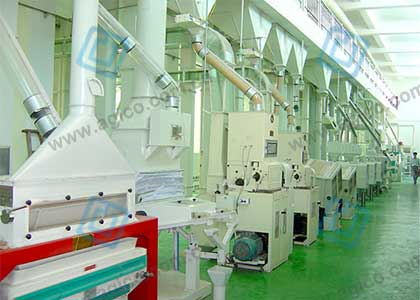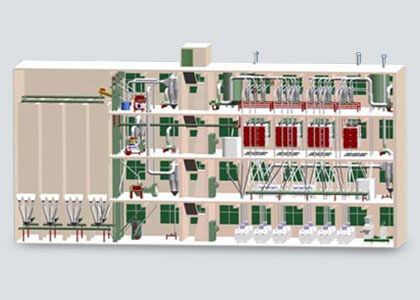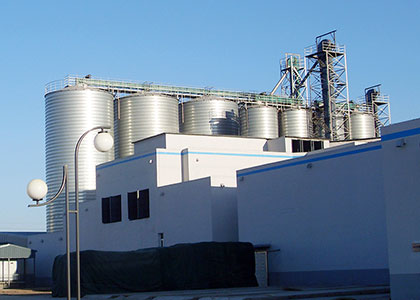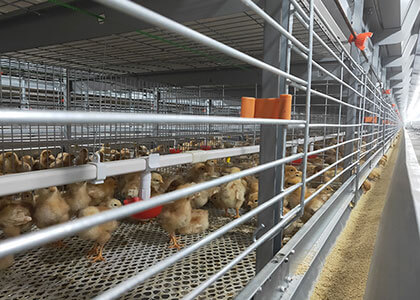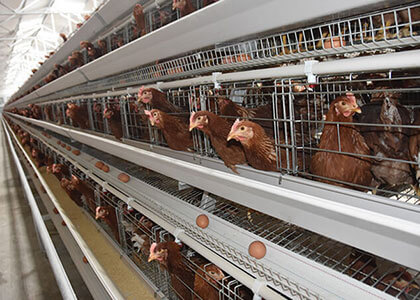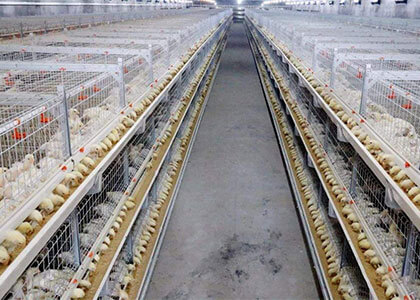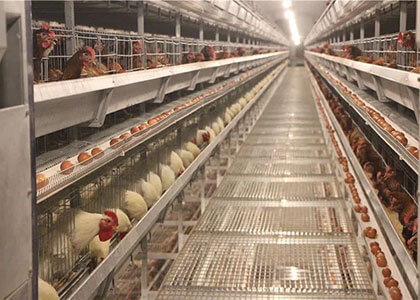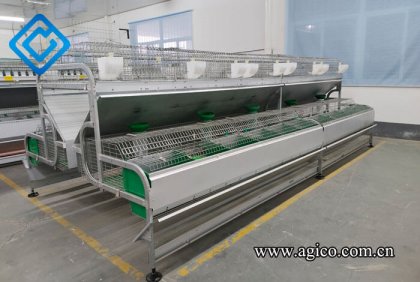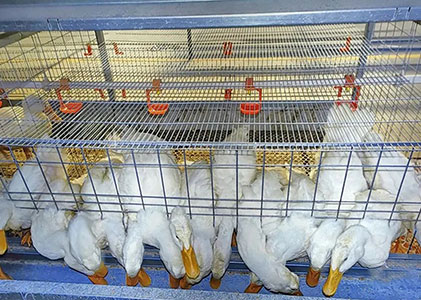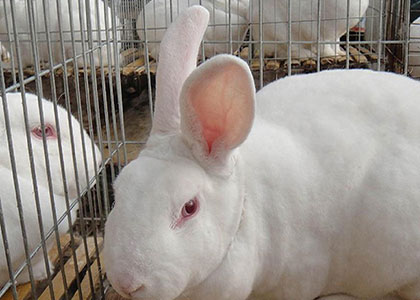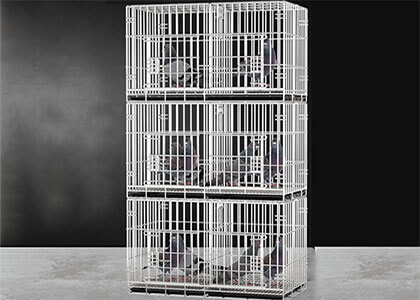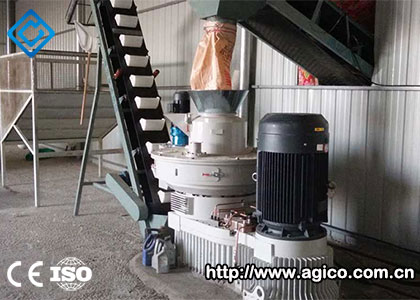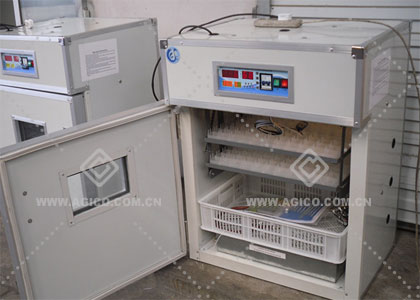Common Problems and Solutions for Automatic Incubator Machine
Automatic incubator machine is a device used for artificial hatching of poultry eggs (such as eggs, duck eggs, goose eggs, quail eggs, etc.). The automatic incubator machine provides suitable temperature, humidity, and ventilation conditions for poultry eggs by simulating the natural hatching environment of female birds, enabling embryos to develop smoothly and eventually hatch into small birds. Compared with traditional natural incubation, automatic egg hatching machines are more efficient and convenient, and are very suitable for family breeders, small and medium-sized farms, and large commercial farms.

The use of auto turning egg incubator has become very widespread. They can be found everywhere, from small home incubators to large-scale hatchery farms for batch incubation. During the incubation process, some faults are inevitable. As a manufacturer with many years of experience in the research development and production of automatic incubator machines, AGICO has summarized some common problems and solutions for automatic incubator machines for you.
Auto Turning Egg Incubator Cannot Automatically Turn Eggs
Check power supply and wiring
Make sure the auto turning egg incubator is connected to a stable power source and that all wires are properly connected and not loose. A power outage may cause the automatic egg turning to stop functioning. Check whether the power plug and socket are firm and whether all wires to the egg turning device are connected and not damaged. If the problem is caused by the power outage, automatic egg turning can usually return to normal after it is eliminated.
Check the egg turning device module

Regularly check the automatic egg turning device for foreign objects stuck or excessive dust accumulation. Cleaning and maintaining the egg turning device is essential to keep it working properly. If there is foreign matter or dust in the device, it may prevent the normal operation of the egg turning. Thoroughly cleaning and lubricating the moving parts will help restore the egg turning function.
Check the motor and gear
The auto turning egg incubator may not work if the motor fails or the gears are worn. You should check whether the egg turning motor is working properly, whether the gears are tightly connected to the motor, and whether there is no serious wear. If the motor does not work, you may need to replace it with a new one. If the gears are worn, you need to replace the gears to ensure that the egg-turning structure can rotate effectively.
Inspection control system

The automatic egg turning of the automatic incubator machine is usually controlled by a microcomputer control system, which requires the control system to operate normally. Check whether the control panel is damaged, whether the buttons are responsive, and whether the display screen displays data normally. Program errors or damage to the control board may cause the egg turning function to fail. If the control system fails, it may require professional technicians to check and repair it.
Consult professionals
If the above steps do not solve the problem, it is recommended to contact the incubator manufacturer or professional maintenance personnel for inspection and repair. The incubator manual usually contains maintenance and technical support information provided by the manufacturer.
Incubation Temperature in the Automatic Incubator Machine is Unstable

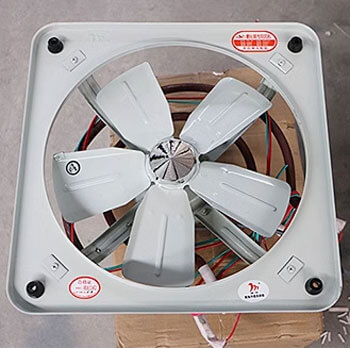
- Environmental issues: Placing the automatic incubator machine in an environment with poor ventilation or significant temperature changes may cause internal temperature fluctuations. For example, placed near windows, air conditioning vents, or in places with direct sunlight exposure.
- Temperature control system failure: The temperature controller or sensor fails and cannot accurately detect and adjust the temperature.
- Sensor damage or displacement: The temperature sensor is physically damaged or shifted during use, resulting in inaccurate readings.
- Choose a suitable location: Place the incubator in a location with stable room temperature, no direct sunlight and good ventilation to avoid interference from external temperature changes.
- Calibrate the temperature sensor regularly: Use a calibration device to calibrate the temperature sensor of the automatic egg hatching machine at regular intervals to ensure the accuracy of the temperature reading.
- Check the equipment and contact maintenance: If the temperature control system fails, check the power connection and control panel settings. If the problem cannot be solved, contact a professional maintenance personnel in time. If necessary, replace the temperature sensor or temperature control system with a new one.
Power Failure or Equipment Failure to Start
- Damaged power cord or plug: A worn, broken power cord or loose plug may cause the device to fail to start properly.
- Internal circuit problem: The circuit board or power module inside the incubator is damaged, causing the device to fail to power on.
- Check the power connection: Make sure the power cord is securely connected and check that the plug, socket, and power cord are intact. If the power cord is found to be damaged, replace it immediately.
- Contact a professional for repair: If the power cord is fine but the device still cannot start, it is likely that there is an internal circuit failure. Avoid disassembling the device by yourself. It is recommended to contact a professional technician for inspection and repair.
The Humidity in the Automatic Egg Hatching Machine is Too High or Too Low
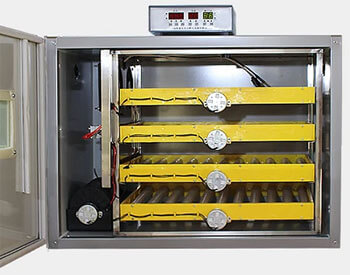
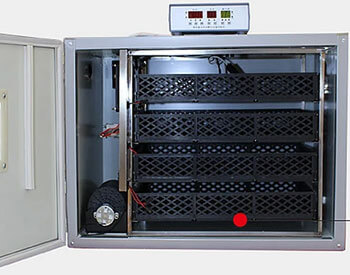
- Not enough water in the water tank: During the incubation period, the water in the water tank evaporates a lot and needs to be added regularly. If you neglect to check, it may cause the humidity to drop.
- Humidity control system failure: The humidity sensor is damaged or the control system fails, and the humidity cannot be accurately detected and adjusted.
- Environmental humidity influence: The humidity level inside the incubator may be affected by large changes in the outside humidity, especially in extremely dry or humid environments.
- Regularly check the water level in the automatic incubator's water tank: Check the water level in the tank every day to ensure that it is full and clean. Adjust the water level according to the needs of the incubation stage.
- Monitor with a hygrometer: Even if the incubator is equipped with a humidity sensor, it is recommended to check regularly with an independent hygrometer to ensure that the humidity displayed by the device is accurate.
- Adjust environmental conditions: Place the incubator in a room with a relatively stable humidity and avoid extremely dry or humid environments. If the humidity control system fails, contact AGICO after-sales service for inspection or replacement.
Low Hatching Rate of Poultry Eggs in Automatic Incubator Machines
Possible reasons:- Improper temperature, humidity or ventilation control: Fluctuations in temperature and humidity during incubation and poor ventilation may have adverse effects on embryo development.
- Bacterial infection: Unhygienic internal environment of the incubator can lead to bacterial growth and affect the hatching rate.
- Improper operation: Opening the incubator too frequently may cause fluctuations in internal temperature and humidity, affecting embryo development.
- Strictly monitor the incubation environment: Ensure that the temperature, humidity and ventilation are within the appropriate range. Check regularly after setting up and adjust immediately if abnormalities are found.
- Keep the incubator clean: Clean and disinfect the incubator thoroughly before and after each use. Especially between incubation cycles, ensure that all parts (such as sinks, egg turners) are free of bacteria residues.
- Avoid frequent operation: Try to minimize the number of times the incubator is opened during the incubation process to avoid disrupting the stable incubation environment inside.

